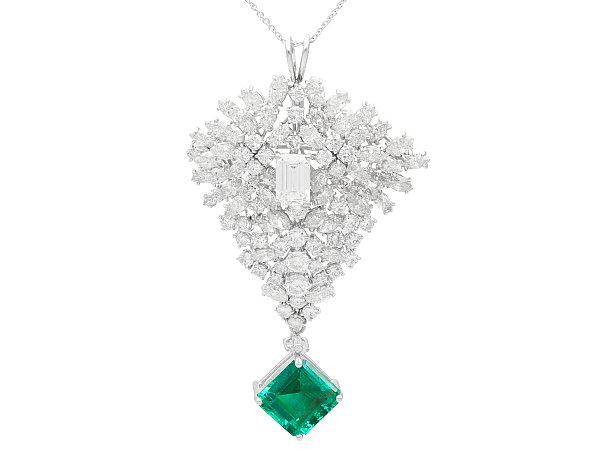Vintage and Antique Jewellery
Browse our extensive collection of stunning, luxury antique and vintage jewellery including fine examples of estate jewellery
- Rings
- Bracelets & Bangles
- Brooches
- Cufflinks
- Earrings
- Necklaces & Pendants
- Watches & Watch Chains
- Jewellery Sets
- Jewellery Periods and Styles
- Antique Insect Jewellery
- Vintage & Antique Diamond Jewellery
- Amethyst Jewellery
- Aquamarine Jewellery
- Turquoise Jewellery
- Emerald Jewellery
- Sapphire Jewellery
- Ruby Jewellery
- Opal Jewellery
- Pearl Jewellery
- Garnet Jewellery
- Citrine Jewellery
- Tourmaline Jewellery
- Peridot Jewellery
- Mens Jewellery
- Moonstone Jewellery
- Snake Jewellery
- Mourning Jewellery
Browse these categories under "Vintage and Antique Jewellery"
Load more
Our impressive collection of antique rings, , bracelets, brooches, earrings and antique necklaces cover many eras including; Georgian, Victorian, Edwardian, Art Deco and more.
All of our antique jewellery featuring gemstones and/or diamonds are accompanied with an independent gemstone and diamond grading report card and/or certificate in addition to free, insured, global shipping.
AC Silver offer a 14 day return policy, and include a free ring sizing service.
Andrew Campbell, using his 40 years experience within the antique industry, handpicks all vintage and antique jewellery for sale.

Frequently Asked Questions
There are many reasons to purchase antique or vintage jewellery pieces. Antique jewellery is often of higher quality than a piece of modern jewellery, due to being hand crafted by highly skilled jewellers, who would take their time to produce such special pieces. Attention to detail was given by the craftsman which is difficult to replicate in modern day mass production. Many antique examples can be considered works of art in their own right, often made of a superior gauge of platinum and gold and incorporating handpicked gemstones, resulting in high quality and refined jewellery items.
Many collectors of antique jewellery also feel the ‘story it has to tell’ plays an important factor. Although full provenance for every item of antique jewellery cannot always be known, an interest is created due to the mystery of a piece and the story it could tell. Locating a new custodian of any piece of antique jewellery is the aim of AC Silver.
Overtime we have certainly seen exceptional pieces of antique jewellery increase in value. As with all investments there are no guarantees, however purchasing items of high quality gives the strongest possibility.
Classic and traditional antique and vintage jewellery will always be collectable and sought after, and ensuring high value.
A predominant reason vintage and antique jewellery may not be hallmarked relates to the strength of materials used. Prior to significant technological advancements jewellery designs were delicate and often using a sparing amount of metal in order to avoid a bolder appearance. Adding metal to enable the inclusion of a maker’s mark or a fineness mark therefore, often seemed like an unnecessary expense, if the finished item didn’t look fashionable it could result in a lost sale for the jeweller.
For some antique jewellery items, hallmarks can simply be lost to time. Areas that see a lot of surface wear, such as the interior of a ring shank or reverse of a pendant, tend to wear over time and due to regular skin contact. Thanks to modern technology, fineness of metals used in jewellery production, can be precisely determined.
Hallmarks can also be lost due to a repair or resizing. If a ring passes through the generations or is sold, the new wearer may require an alternative size and thus the hallmarks could have been lost. Today and with the use of modern technology, skilled working jewellers have the ability to repair, adjust or resize without the loss of hallmarks.
Finally, one of the most common reasons a piece of antique jewellery may not be hallmarked was the expense itself. Small-scale jewellers did not have the required equipment to hallmark their pieces, sending them away to a larger facility ran risks of loss or damage in transit, in addition to incurring a considerable cost. Typically, only well-established jewellers who could handle in-house hallmarking and wanted to protect brand names like Tiffany & Co or Van Cleef & Arpels would regimentally hallmark their pieces.
Learn more about hallmarking antique jewellery
This term is used when referring to jewellery (usually antique or vintage) which has been left as part of a person’s estate. Many people think estate jewellery has to have come from the estate of a deceased person when in fact individuals will simply decide to sell their heirloom pieces to generate an additional income.
Any more questions? Contact Us





















































